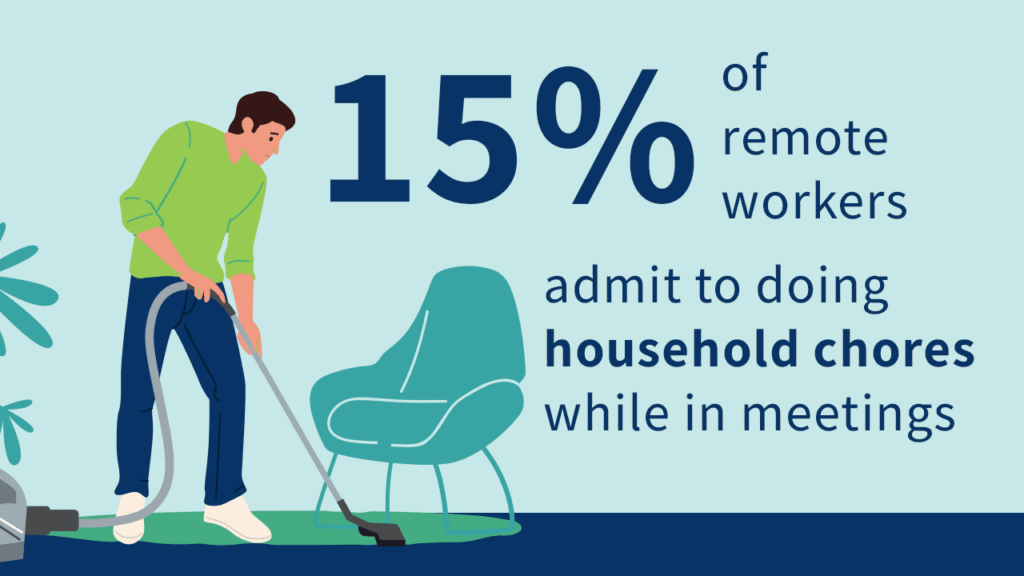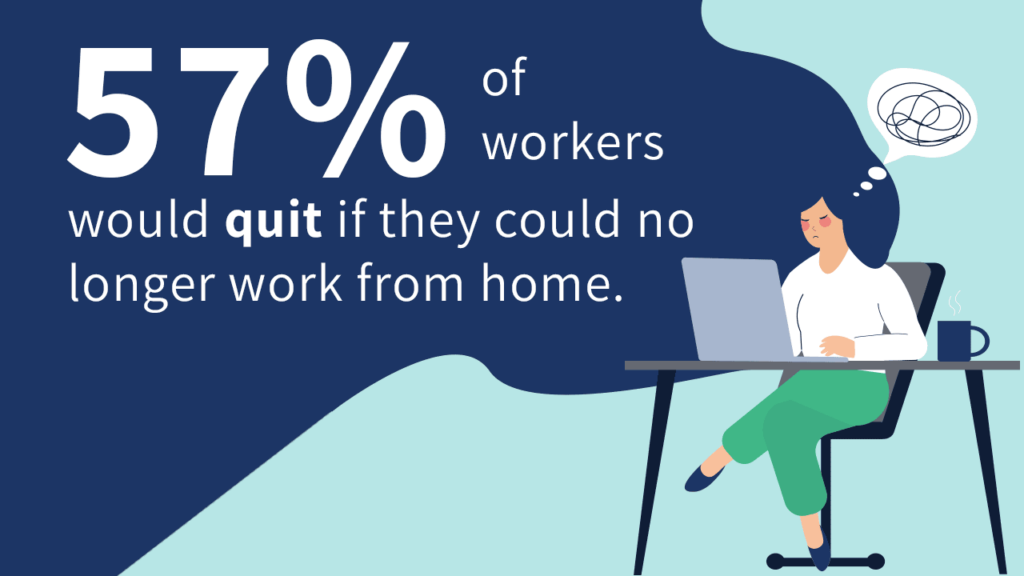How ERM Can Save Your Business from Remote Work Disasters
Last Updated: February 29, 2024
Last month, Wayfair came under controversy for singling out remote workers in the latest round of layoffs, which affected 13% of their workforce. This came only weeks after a memo from the CEO of Wayfair telling staff they need to work harder. It’s not news that the dichotomy between remote employees and their employers has become increasingly pronounced. Replies on X (formerly Twitter) regarding Wayfair, were divisive, with some people promising to boycott the company, while others praised the call for hard work.
Could Wayfair have handled things differently? Many companies are finding themselves in Wayfair’s position, balancing the risks of remote work against the risks of return-to-office mandates.
The Dilemma of Remote Work
A palpable skepticism lingers in the air, casting doubt on the trustworthiness of employees operating outside the traditional office setting. There is a line of thought that corporate workers, remote or onsite, are prone to laziness, shortcuts, and misrepresentation of their activities, all for the pursuit of their inherently selfish needs. Then there are the tales of remote employees “quiet quitting” or working for multiple companies at the same time. With this perspective in mind, it is understandable that 85% of employers are less confident in the productivity of employees working at home where they cannot be easily monitored.
While it is highly contested whether productivity is better or worse – remote workers generally respond they are happier and more productive, there are other real risks involved with hybrid and work-from-home policies. One notable drawback is the potential decline in collaboration, as distance may hinder effective communication and teamwork, particularly across diverse time zones. The isolation inherent in remote work could lead to decreased engagement, making employees feel detached from their colleagues and organizational culture. The increased presence of distractions at home, ranging from household tasks to family members, makes it challenging for remote workers to maintain focused, professional environments. As many as 15% of remote workers admit to doing household chores during company Zoom meetings. Moreover, the risk of burnout looms larger as employees may grapple with the pressure to demonstrate productivity, potentially leading to overwork and heightened stress levels.

There are also cybersecurity and privacy concerns associated with working from home. Traditional office environments usually have controls in place such as firewalls, secure networks, and restricted access to the office. Companies must rely on remote workers to practice good cybersecurity hygiene. There’s no guarantee that a remote worker is always connected to a secure Wi-Fi network or that no one else has access to their devices. Malicious parties may eavesdrop on Zoom meetings or peer at screens. Many remote workers have never even met their coworkers in person and are already struggling with communication, making them easier targets for social engineering and phishing. Cyber attacks have been trending upwards since the start of the pandemic, with the annual number of data breaches nearly doubled last year.
Address Remote Work Risk from the Top Down
The enforcement of a “show up or be fired” return-to-work strategy is restrictive and relies on a cynical and outdated prescriptive approach. It opens companies up to reputational risks and a loss of talent. According to Forbes, 57% of workers would quit if their employer stopped allowing remote work. Furthermore, companies who embrace work from home can gain a competitive edge from increased productivity to reduced costs and a wider talent pool. Leaders need to pivot from merely ensuring employees are present to actively assisting them in prioritizing outcomes over outputs. Strong corporate governance and a risk-based approach are the best way to address remote work risks by facilitating accountability, transparency, fairness, and responsibility.
Ways that leaders can set themselves up for success include:
- Clear Policies and Procedures: The work-from-home policy should specify what is expected from employees who are working remotely.
- Performance Management: This can include setting clear expectations, providing regular feedback, recognizing and rewarding good performance, and addressing any performance issues promptly.
- Focus on Outcomes: Measure productivity on the outcomes that drive business success rather than the number of hours worked.
- Humanizing Productivity: Consider the human aspect of productivity, such as employee well-being, work-life balance, and job satisfaction.
Implementing can help ensure that remote workers remain productive while also mitigating the risks associated with remote work.

Thrive in a Remote Environment with ERM Software
Enterprise Risk Management (ERM) software solves many of the pain points associated with remote work. ERM systems, in general, facilitate cross-departmental collaboration, breaking down organizational siloes to identify and manage high-risk areas. The analytical capabilities of ERM software provide companies with valuable insights and transparency, allowing for informed prioritization.
In particular, ERM metric dashboards and reports can play a crucial role in ensuring the productivity of remote workers and provide insight into factors that managers can’t easily notice during the remote workday. Here’s how:
- Gain visibility and transparency into the activities and productivity of remote workers.
- Track essential productivity metrics such as average daily productivity, app and website usage.
- Monitor Key Performance Indicators (KPIs) across teams.
- Use a data-driven foundation to make informed decisions about resource allocation, process improvements, and other management strategies.
By leveraging these capabilities, ERM metric dashboards and reports can provide valuable insights into remote worker productivity, thereby helping to ensure that remote workers remain productive and engaged.
The Future of Managing Remote Work Risks
Remote work is not a passing trend but a permanent and growing phenomenon that will shape the future of work in 2024 and beyond. According to Upwork, by 2025, an estimated 32.6 million Americans will be working remotely, constituting about 22% of the workforce. Forcing a return to the office or resorting to layoffs, as exemplified by Wayfair, only amplifies risks, especially in the See-Through Economy where news spreads rapidly, capable of inflicting irreparable damage to a company’s reputation. The key lies in embracing a risk-based approach, where controls are in place to mitigate pitfalls, fostering a harmonious balance between employee autonomy and organizational objectives. It is the companies that adapt and innovate within this paradigm who will be most successful.
As remote work becomes the new normal, organizations and employees must work together to manage the associated risks. By engaging with your risk manager, you can learn about the tools and mechanisms that are available to help you navigate the challenges and opportunities of remote work. You can also ensure that the controls are in place to comply with the policies and regulations that govern your industry and location. By championing a risk-based approach, you can enhance your operational performance, productivity, and satisfaction, while contributing to the success of your organization in the See-Through Economy.

